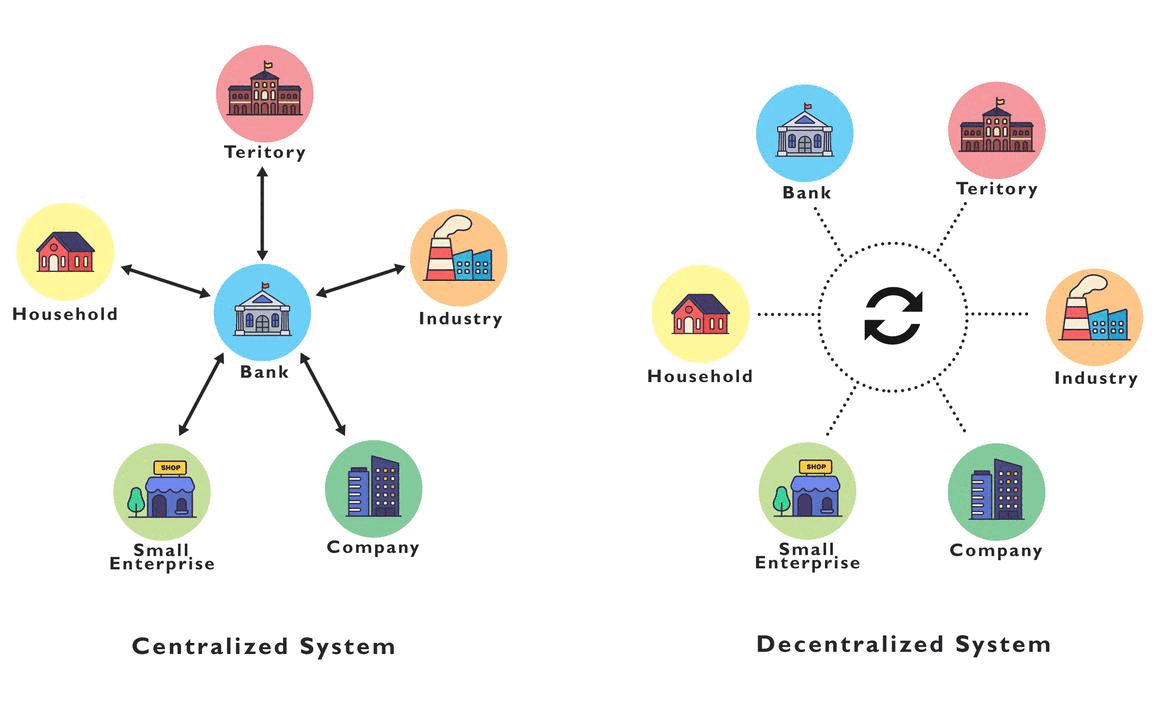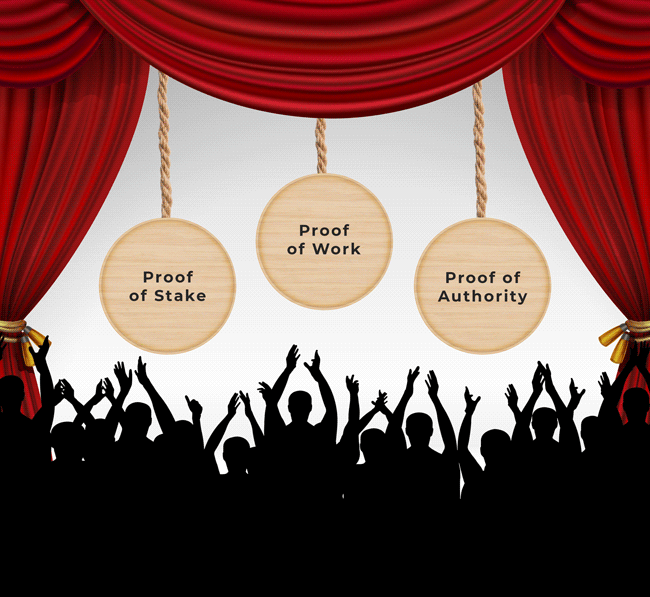Why Blockchain?
The digital industry has always been evolving and now more than ever the Blockchain technology has received much attention in the last two decades. New Energy Matrix are addressing the needs and challenges of Industry 4.0 through the implementation of Blockchain Technology.
First proposed as a research project in 1991, the blockchain concept predated its first widespread application in use: Bitcoin, in 2009. In the years since, the use of blockchains has exploded via the creation of various cryptocurrencies, decentralized finance (DeFi) applications, non-fungible tokens (NFTs), and smart contracts.
The goal of Blockchain is to allow digital information to be recorded and distributed, but not edited. In this way, a blockchain is the foundation for immutable ledgers, or records of transactions that cannot be altered, deleted, or destroyed. This is why blockchains are also known as a distributed ledger technology (DLT).

Key Elements of Blockchain

Distributed Ledger Technology
- Highly transparent and inherently decentralized.
- Transactions recorded only once, avoiding duplication.
- The consensus mechanism allows originality of data to be maintained.

Records are Immutable
- No individual stakeholders can tamper or change a transaction once recorded on ledger.
- Cryptographic principle or hash value is required for a block to be generated.
- Blocks are retroactively coupled together and unrelenting.

Smart Contracts
- Simple program or transaction protocols that automatically execute when pre-determined conditions are met.
- Allow performance of credible transactions without third parties.
- Transactions are trackable and irreversible.

Driving interoperability blockchain frameworks for Industries.
Each blockchain stores different kinds of data and transactions. The ability to allow access to this data to be shared for constructive purposes across blockchains features as the interoperability function. This helps in unlocking the true value of data by establishing communication between various blockchains.

Our Projects

Picking the right Consensus Mechanism.
A protocol followed by all participants in a decentralized network is known as a consensus mechanism. Identifying the most suitable mechanism for your network is a crucial component to achieve.
⭐ Business Sustainability
⭐ Environmental Protection
⭐ High Fault tolerance and Security


